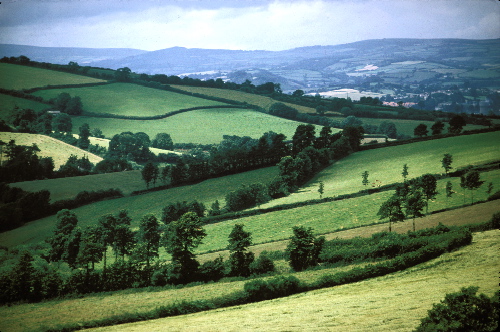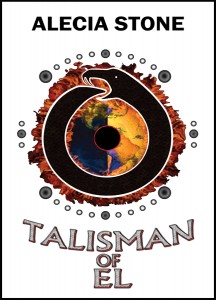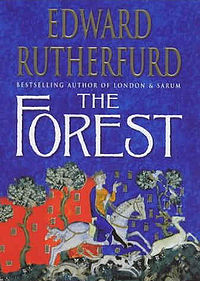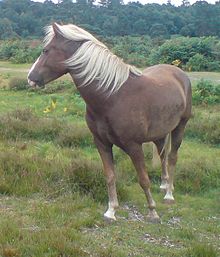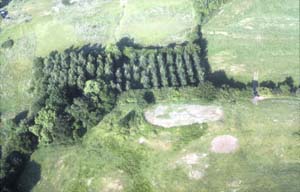Well, I can hardly believe it, but this is the very last book of this Placing Myself literary journey around England and, funnily enough, I really have come full circle in many ways. From the first moment I let it be known that I would be challenging myself to read one book from every ceremonial county of England, it has been from the Cornish that I received the most interest, feedback and, occasionally, criticism. Cornwall, many stipulate, is not a county of England, but a Duchy, with an unique historical and cultural identity, rights to political and social autonomy from Westminster, and, overall, a thriving Cornish nationalist movement.

Alan M. Kent’s “Proper Job! Charlie Curnow”
So because of all this interest, I’ve been dying to reach Cornwall on this fictional journey since… well, since I was all the way up in Northumberland! The author I have chosen – Alan M. Kent – was nominated by several of my Cornish commenters as someone who identifies himself as Cornish, rather than English or British, and I am so glad I followed the suggestion, for Proper Job! Charlie Curnow has been an outstanding 5/5 star read. Here’s why.
The novel is set on a dirty and dangerous estate called Trelawny, “a shite-hole right at the arse-end of Britain” (12), where live Charlie Curnow and almost all of his friends. From the outset, Cornwall is shown to be a far cry from the stereotypical “fuckers’ holiday destination” that is “always sunny, had kids playin’ in rockpools an’ makin’ sandcastles [and] every cunt walked around smilin’ an’ happy t’live in social deprivation” (122). Instead Kent’s Cornwall, and Charlie’s estate in particular, is filled with “the usual proliferation of dog shit, burnt tarmac, rubbish and broken fences” (11), and most people, young and old, are “on the dole” since all the work in Cornwall was “shite”, seasonal and unpredictable, “either selling fuckin’ ice creams t’cunts down Portreath, or else bagging groceries for second-home owners in Sainsburys” (9). In summary, Charlie and his peers sometimes “hated Cornwall”, colonised as it is by outsiders and tourists (otherwise known as “emmets” (37) from “up the line” (27)). Moreover, these tourists, just like the media and (apparently) the Westminster government, are entirely ignorant of Cornwall’s real battles against drugs and poverty, and the seeming impossibility of establishing “social cohesion” (9).
Filled with frustration at their poor state of affairs, and sick of being on the dole with no hope of a brighter future in sight, Charlie and his friends Yak, Neil and Bev decide to take their fate in their own hands and form a band. Not just a wimpy, lacklustre, cover-songs-only, teenage-years-style band, either; rather, through the combination of good musical talent and hard writing/gigging/practising, they are determined to develop a rock band that will “make the fuckin’ scene” in Cornwall, and “take the world hold by the bollocks” (20) to prove that the county can produce much more than just “clotted fuckin’ cream” (19) and so-called “Cornish butter” (27).

Cornish author of this novel, Alan. M. Kent – an expert on all things relating to Cornish literary and historical culture, apparently.
As much as Charlie and his friends might profess to ‘hating’ Cornwall, therefore, they are also incredibly proud and nationalistic about their home, aiming to prove that both it and they themselves are worthy of having a definitive place “on the map” (56). Charlie, in particular, is aware (even through all the Trelawny grime and misery) of the truth behind the stereotypical observations of “Cornwall’s ancient and romantic landscape” (7) and the “noble tradition[s]” (37) that are part and parcel of Cornwall historical, Celtic identity; he notices the beauty of the “frost in the air and the moon […] over Carn Brea (18). He knows that “Cornwall used t’be fuckin’ called West Barbary n’people from up the line reckoned we was fuckin’ savages”, and so wants the band to develop a modern identity that is just as “intense…it’s gotta’ reflect where we’re from” (65-6).
There is still a great difference between Charlie’s nationalistic feelings and those of the “fuckin’ middle-class beardie-weirdies” who “sat ‘round an’ lamented lost olde worlde Cornwall” and had “fuck-all else t’do but argue over spellings o’place-names” (128). He has no real interest in their version of Cornwall’s identity, or even of learning the Cornish language which “sounded unnatural as fuck” (133) to him. But, as the band garners more and more interest and success, Charlie is proud to feel like Cornwall is becoming “the centre o’the world” again, “not just some forgotten piece o’it” (226). Heck, “if the bus driver t’Trelawny knew” of Charlie’s band, then that’s all he needs to know that “he’s made it. He knew it had been a proper bleddy job” (246).

Cornwall (aka Kernow – Charlie’s surname!) “must have political recognition as a nation”, some argue
Kent is an absolute master of describing Cornwall’s various, conflicting and yet co-existing identities, which appear through perspectives ranging from the supremely nationalistic (as the “’Free Cornwall’ graffiti” [33] around the estate attests to) to the blissfully ignorant of any political undercurrents in the youth- and surfer-paradise. Crucially, there is no single version of Cornwall that its inhabitants and all-important seasonal visitors can agree on. Just as, I suppose, throughout this challenge there have been multiple embodiments of Englishness too. But I’m getting ahead of myself.
For now, Kent makes important political points about the subjugation, simplification and homogenisation of Cornish culture. By centring his novel around modern youth, he is also able to showcase the crisis the generation faces in growing up in a county that cannot define itself as it wishes to. Charlie’s efforts to establish himself among his peers and his compatriots reflects Cornwall’s own need, as Kent seems to see it, to redefine itself on its own terms. After all, it is the county’s outsiders (whether that be tourists, national media or Westminster) who insist on perceiving Cornwall in a single, sunny light and who ignore any pressing news that may jeopardise this idyllic vision. Neil and Yak put it plainly when they say:
“I mean it’s hard fur people in Cornwall to be proud o’who they are, ‘cause no fucker on tv has a Cornish accent. You’n be fuckin’ Irish, or Scottish, or Scouse or fuckin’ Geordie – an’ everyone thinks you’m cool, but if y’speak like we, no fucker wants t’knaw ‘ee […] Up the line they think we all have straw ‘angin’ out o’our mouths an’ spend the days makin’ clotted fuckin’ cream” (19).

Stereotypical Cornwall – beachy holiday destination. This is a far cry from the poverty-stricken perception Charlie has of his home.
I’m so glad I have managed to end this challenge on a high, with a book that I enjoyed. Now all that’s left is for me to summarise the year’s reading. With the Scottish referendum well on the way, I’d better get going! See you soon.



